The brutality of First Soviet occupation (1940-1941) was such that it has been named the „Year of Terror“. All Latvian property was nationalized. Some 35000 were arrested, murdered or expelled to inhospitably cold Siberia – most never to return. 1% of all Latvians (15000) were expelled to their deaths in Siberia in a single night of June 14, 1941, alone.
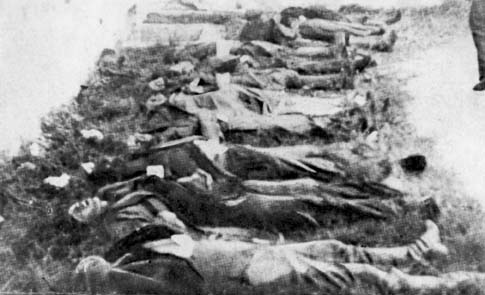
So terrible was the Soviet occupation that many Latvians welcomed the new occupation by Nazi German forces in 1941 as a relief. Not the Jews, however, who were the new target set by Nazi Germany (over 50000 were killed, expelled or fled).
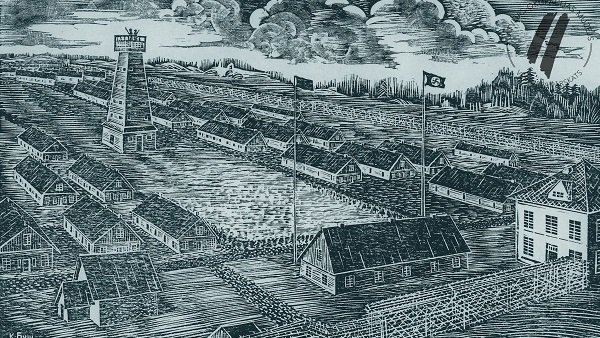
Despite the effort of both Germans and Latvian Legion to stop them, in 1944-1945 Soviets had reconquered Latvia and their Stalinist terrors have returned (additional 150000 people were murdered or expelled). Not wishing to wait for their deaths, some 120000 Latvians fled westwards just before Soviet reoccupation, eventually taking refuge in America and Australia. Others launched a failed guerilla war in Latvian forests (1944-1956).
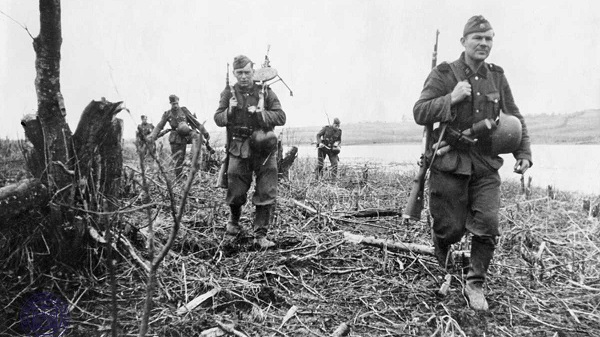
While Soviet murders became more tamed by the late 1950s (after Stalin died), the mass settling of Latvia was the new danger to the survival of Latvian nation. Tens of thousands new ethnically-Russian Soviet settlers would be encouraged to move to Latvia every year. By the 1970s already, the main Latvian cities were Russian-majority. By 1989, merely 52% of country’s inhabitants were ethnic Latvians (44% in the cities, 37% in Riga).
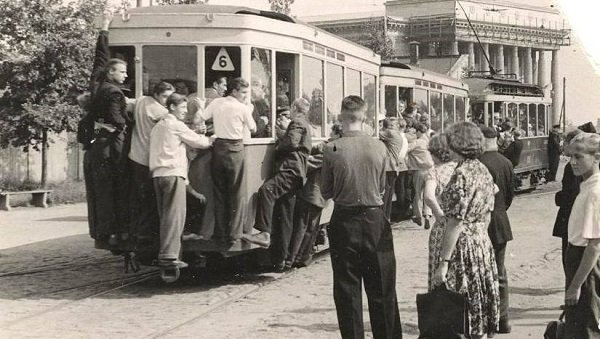
Latvians were taught Russian in schools but Russians would not learn Latvian, seeing Russian language and culture as more important and “international”. This meant ethnic Latvians were finding increasingly little use for their own language in their own homeland as most public events would now be in Russian. Additionally, religions and religious traditions were heavily repressed.
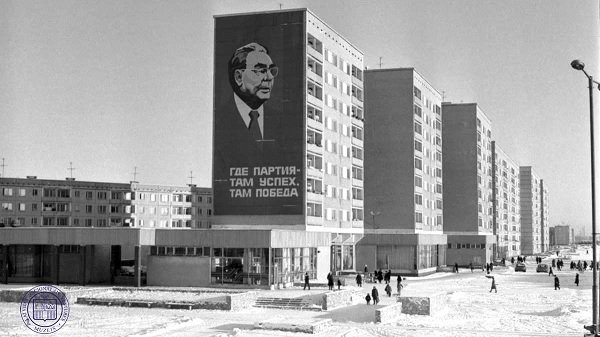

On the geopolitical scale, Soviets still sought to compete with USA (“Cold War”) but that was possible only through allocating a greater and greater share of resources to the military, making shortages of civilian goods even acuter (for people without “relationships”). Understanding that he is losing the Cold War, Soviet leader Gorbachev declared a policy of perestroika and glasnost, or the transformation to democracy and capitalism. In a couple of years, the democratic People’s Front movement in Latvia became brave enough to demand freedom. Soviet reprisals were no longer able to stop the masses as similar calls resounded all over Union’s non-Russian lands.
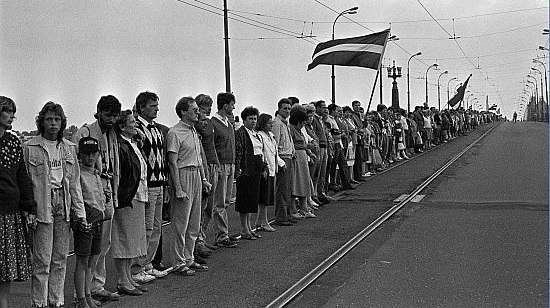

A Latvian Immigrant from 1930-1950 has heard stories of her family member of the Latvian Army (1936-1940) being “Arrested/Deported” by the occupying Russians, also that he was “Shot by the Russians and placed in a mass grave”. No record has been found to date of any immigration or death of this person, so wondering what “Arrested/Deported” could have meant during that period.
In 1940, Russians would „arrest“ thousands of people who had non-communist political beliefs. The proofs of being „anti-Soviet“ could have been minuscule, e.g. if person owned a Latvian flag or being a member of boy scouts or being very religious and so on. It is even impossible to list all the possible reasons for arrest.
Some Latvians were eventually exiled (deported) to some of the harshest areas of the Soviet Union, primarily Siberia. Exiles were not the same as arrests: while typically only adults would be arrested, their entire families were exiled, and some 1/4th to 1/3rd of those exiled were kids.
There, in some cases 50%+ of those deported to an area would perish, especially the kids, therefore, all these Soviet actions, together with outright murders/executions, are considered a genocide against Latvian nation (one of numerous such genocides Soviet Union has comitted).
There were two types of exile locations. The „less bad ones“ were simple Siberian villages; neverthess, even there many people died due to hash weather they were unused to (e.g. winter temperatures of -50 C); they had to build homes for themselves in this harsh weather, find a way not to starve and so on. Many kids did not even survive the initial train „journey“ as they were transported in cattle carriages.
Even worse place of exile that combined arrest and exile were the GULAGs. In addition to harsh weather, there prisoners were forced to work long hours in deplorable conditions. GULAGs are also called Soviet concentration camps and death rates there did often surpass 50%.
After Stalin died, most of Latvians who survived were allowed to return home.
So far, haven’t been able to locate any information or records on the fate of a non-Jewish male family after 1940s Riga “Deportation/Arrest”. Any suggestions?
Some non-Jewish Latvians were arrested and sent to Stutthof Concentration Camp, especially if they were government officials or part of the resistance. My great uncle, a government official and part of the Soviet resistance, tried to bargain with Germany to let Latvia remain independent and wound up in Stutthof in Poland. We have evidence he was there through several first hand accounts, including published accounts online (published records, war tribunals) but his name does not appear on any Stutthoff inmate list (there hundreds, if not thousands who are listed), which are incomplete. Stutthoff’s records are available online. If the names you seek don’t appear, there are links to organizations that exist to help find missing family members (they make family members a priority over those doing research). However, it may take about a year or so to hear back from them–we are still waiting to hear if they’ve found any record of my great uncle.
Non-Jews were sent to detention camps referred to as Displaced Persons (DP) some did end up in the concentration camps too. This also should help https://arolsen-archives.org/en/search-explore/search-online-archive/
hey i liked this a lot
Thoughts on the occupation? Where do l begin? I’ll start with “BAIGAIS NAKTS”. It’s difficult to translate literally (baigais=overwhelming) but in essence it references a night of terror where thousands of Latvia’s best and brightest were arrested in the middle of the night and hauled off to Siberia. I remember my mother showing me a class picture and pointing out over 50% of those individuals had been arrested by the NKVD, never to be seen again. That is the organization that morphed into the KGB and now the FSB. Same murderous outfit under different banners. The same secret police entity that recruited and trained that street thug, putin. Every eastern european country with any alignment to democracy has suffered a similar experience at the hand of russian orcs exercising their “little operations”. Most westerners don’t really get it. Certainly not this generation, unfortunately. Stalin did more killing than Hitler. And it’s a political legacy that has remained, unabated, in varying degrees ever since he came to power. Remember he was Hitler’s ally first until he wasn’t and only our friend to save his own ass. Make no mistake. Putin is exactly of the same ilk. Big buddies with dictators and despots. Therefore, it is amazing the affinity Donald Trump has for this 100% war criminal. But then Trump thinks vet cemetaries are filled with stupid individuals and suckers. I’m wondering if he thinks those killed at Pearl Harbor were stupid too. You know, not being smart about where your hanging out. How can ANYBODY support this self serving, intellectually bankrupt enemy of democratic principles? All those maga slogans should be turned to ” make trump inc great again”. My admonishment to all Americans…learn and remember how we got here. This country is not about serving autocrats and self aggrandizing political musclemen. It is based on rule of law and the principles of democracy. We all are soooo lucky to live in this country where even a boob like Donald Trump can pretend to be president for awhile. The USA rules! Slava Baltija! Slava Ukraina! Slava Alexander Navalny! Read your history and make good choices.
My family escaped by boat that they had modified in their backyard in 1945. They behide a import rug business . They were picked up by a steamer ship that took the to Sweden where my mother was born . They made it to America after three years . Were in South America for those 3 years .. I had a great great uncle that was left behide . He refused to get on the boat . I always wonder what happened to him.